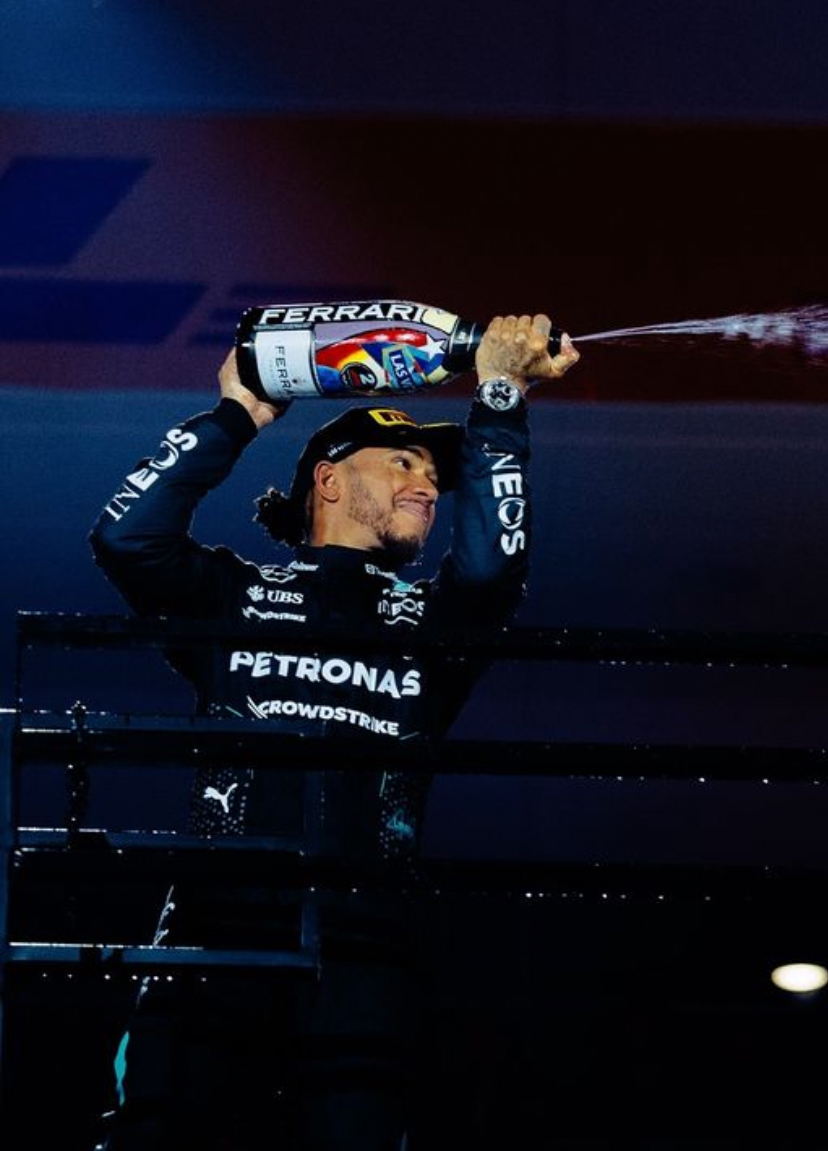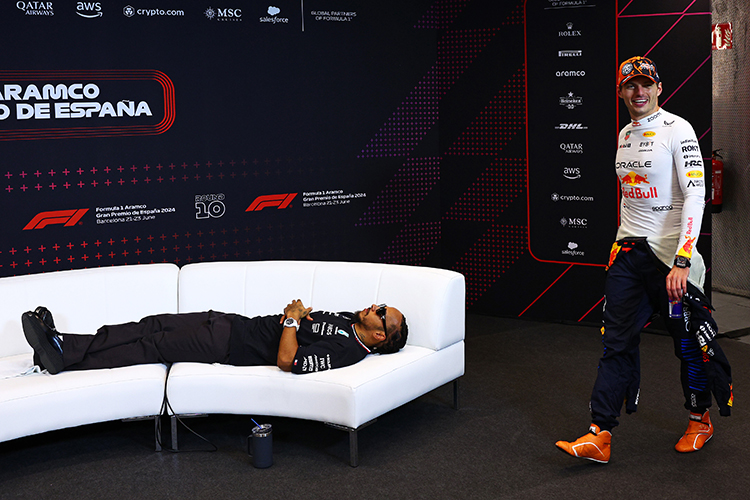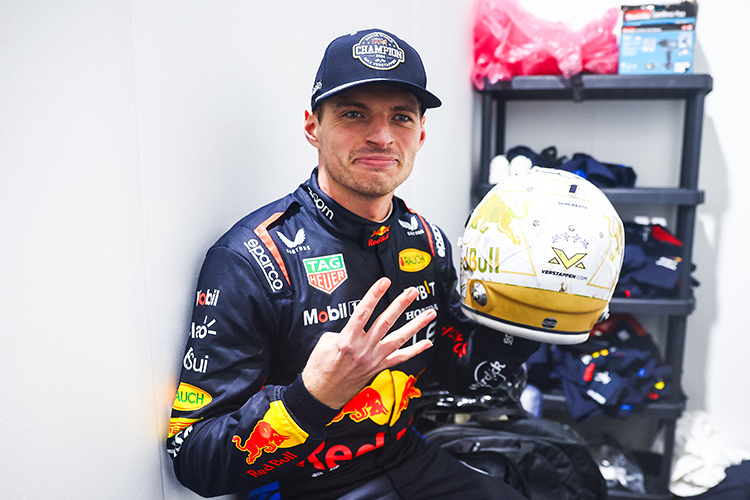How is the Paddock Area Organized at a Formula 1 Event?

Formula 1 World Champions: A legacy of racing legends
How is the Paddock area organized at a Formula 1 event?
Explore the detailed organization of the F1 paddock area, a critical hub for teams, media, sponsors, and officials during a Formula 1 weekend.
The paddock area is the beating heart of every Formula 1 Grand Prix, meticulously planned to ensure seamless coordination among teams, media, sponsors, and officials. While much of its activity happens behind the scenes, the paddock’s organization is fundamental to the success of each race weekend.
The Layout of the Paddock
The paddock is divided into key sections, each serving a specific purpose. Its design ensures smooth operations while accommodating the logistical complexity of Formula 1.
1. Team Motorhomes and Hospitality Units
Location: Situated along the paddock’s main spine, motorhomes are typically close to the pit lane for easy access to team garages.
Design and Purpose: These high-tech, multi-story structures act as mobile headquarters for teams. They feature:
- Meeting rooms for technical briefings and strategy discussions.
- Lounges and dining areas for drivers, engineers, and team personnel.
- Hospitality spaces for sponsors, VIPs, and celebrities.
Larger teams like Mercedes, Red Bull, and Ferrari boast expansive motorhomes showcasing their brand identity, while smaller teams operate efficient but scaled-down units.
2. Media Center
Dedicated Space for Journalists: Located in a quieter section, the media center provides workstations, live race feeds, and access to press conferences.
Press Conference Room: Drivers, team principals, and other key figures conduct scheduled media briefings here.
Broadcasting Zones: Nearby areas are equipped for TV interviews and live paddock-side reporting, ensuring fans worldwide stay connected to the action.
3. FIA and Race Control Offices
Oversight Hub: These offices house FIA officials, stewards, and personnel responsible for managing the weekend’s regulations.
Proximity to Action: Their location near the pit lane ensures quick access to crucial areas.
4. Sponsor and VIP Areas
Exclusive Lounges: Reserved for sponsors and high-profile guests, these luxurious spaces offer premium views of the paddock activity.
Networking Opportunities: The paddock serves as a platform for brands to strengthen partnerships and showcase their involvement in Formula 1.
5. Logistics and Support Areas
Storage Units: Teams use these spaces to store equipment, spare parts, and materials, ensuring everything is readily available during the weekend.
Catering Zones: Essential for fueling team personnel, catering facilities provide meals for staff and guests.
Transport Areas: Trucks and trailers carrying motorhomes and equipment are parked nearby for efficient setup and teardown.
How Organization Drives Efficiency
The paddock’s arrangement reflects Formula 1’s trademark precision, ensuring smooth operations throughout the weekend:
- Proximity to Garages: Motorhomes are strategically placed to minimize travel time between the paddock and pit lane.
- Clear Division of Zones: Dedicated spaces for teams, media, FIA personnel, and sponsors prevent overcrowding while fostering collaboration where necessary.
- Flexibility for Events: The paddock adapts to the unique requirements of each circuit, whether a permanent venue like Silverstone or a street circuit like Monaco.
Behind the Glamour
While the paddock exudes exclusivity and sophistication, its core function is rooted in meticulous planning and execution. Teams depend on its organization to focus on performance, while media and sponsors use it to enhance fan engagement and business relationships.
Conclusion
The paddock’s efficient layout is a testament to Formula 1’s relentless pursuit of excellence. By seamlessly integrating logistics, hospitality, and operational needs, it ensures every race weekend runs like clockwork, reinforcing Formula 1’s status as the pinnacle of motorsport.
Up Next



